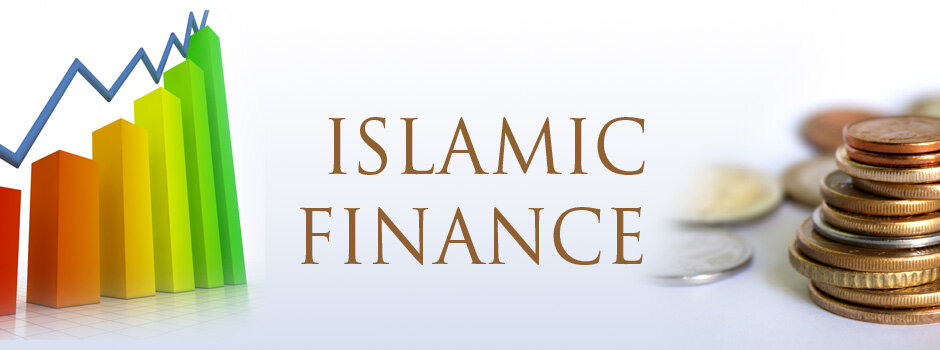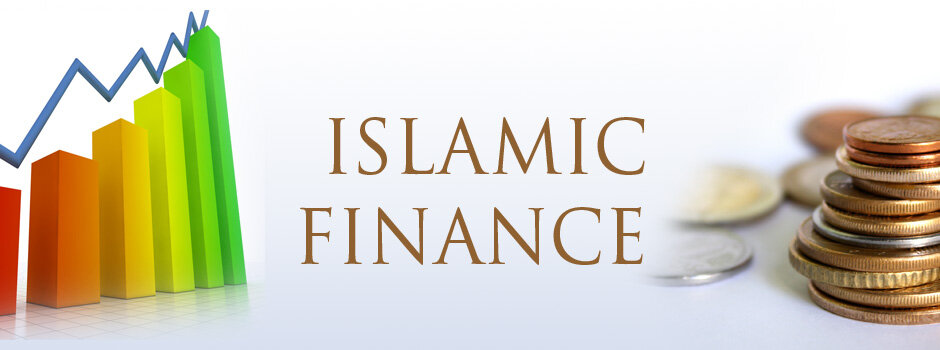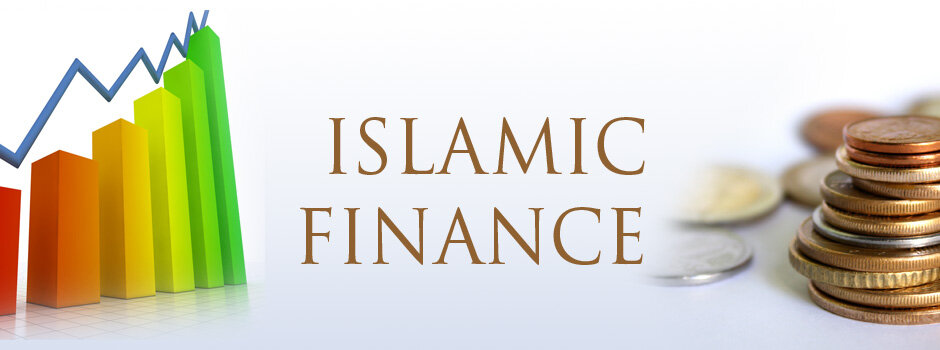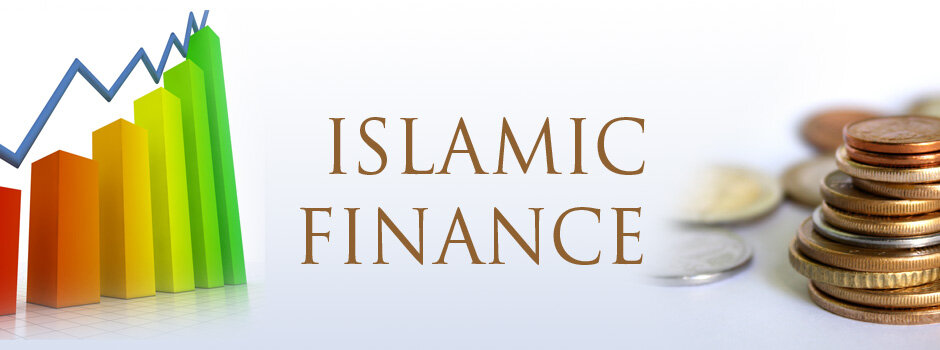Mutual funds and unit trusts are types of investment schemes where money from numerous investors is pooled with the shared objective of earning a return on their investment. Professional fund managers, also known as the management company (MC), oversee the pooled capital of investors in a mutual fund. This capital is typically invested in a variety of instruments like stocks, bonds, cash equivalents, or real estate. Investors participate in a mutual fund by purchasing units or shares offered by the fund. The management company then constructs the fund's portfolio, allocating the pooled investments into different asset classes. This portfolio is typically expressed as percentages, reflecting the proportion of the fund invested in assets like Amazon shares, Tesla shares, government bonds, and so on. Each fund has a unique investment philosophy and strategy outlined in its investment declaration. This declaration defines how the fund can invest its capital and sets guidelines for the allocation of assets within the portfolio.
Mutual funds offer investors a diverse range of investment options, each with a distinct asset allocation. This allocation, typically expressed as percentages, determines how much of the fund's capital is invested in various asset classes. Even with just a handful of stocks, the weightings can differ significantly. For example, one fund might invest equally in two stocks (50% each), while another might choose a more unbalanced split, like 30% in one stock and 70% in the other. The number of possible portfolio combinations explodes exponentially when dealing with a broader range of investments options. This is where the skill of the fund manager becomes paramount. The performance of the fund, and ultimately the returns for investors (unitholders), is directly tied to the manager's ability to effectively select and weigh these investments. Fund managers are compensated for their expertise through a fee based on a percentage of the fund's net asset value (NAV). The NAV represents the total value of the fund's assets minus any fees paid to organizations that oversee the manager's activities on behalf of the unitholders.There are three such organizations:
- Registrar: Maintains a record of all unitholders and confirms their participation in the fund.
- Depository: Holds the ownership rights to the fund's securities and verifies each transaction aligns with the fund's investment declaration.
- Auditor: Independently reviews the fund's financial reporting and ensures its operations comply with all relevant laws.
To ensure the utmost trust and prevent any potential conflicts of interest, all three of these bodies must operate independently of each other and the management company. Unitholders rely on the management company's professionalism and ethical conduct to manage their investments effectively. As a result, unitholders cover the costs associated with running the fund, including a management fee of typically 3-3.5% of the NAV to the management company and a 1% fee to the independent controllers.
Understanding Investment Fund Terminology
- Units/ Shares: represent an investor's ownership stake in a fund's assets.
- Special Purpose Vehicle (SPV): an entity whose operations are limited to the acquisition and financing of specific assets. It is usually a subsidiary company with an asset/liability structure and legal status that makes its obligations secure even if the parent company goes bankrupt. A company uses such a vehicle to finance a large project without putting the entire firm at risk. This is not commonly encountered by investors in most mutual funds.
- Net Asset Value (NAV): indicates the intrinsic worth of a fund. NAV per unit represents the worth of each unit that investors hold. The NAV of a fund can be calculated using either of the two formulas given below:
- NAV = (Value of all assets - value of liabilities other than to unit holders)
- NAV = (Capital + Reserves)
Dividing a fund's NAV by the number of outstanding shares gives the NAV per share. This value represents the price at which investors can typically buy or sell shares in the fund (accounting for any sales fees). Most funds calculate their NAV daily at the close of the trading session.
- Trading Day: A trading day is any business day on which a fund's units are bought and sold.
- Public Offering Price (POP): the price at which units / shares are sold to the public.
- For funds that do not charge a sales commission (or “load”), the POP = Net Asset Value (NAV).
- For a load fund, the POP = (NAV + Sales charge)
- Load / Fee: a fee that is charged by the fund when investors buy or sell the units of a fund. The load is a percentage of the NAV.
- When you buy the units of a fund, you pay a percentage of it as a fee. This is known as the entry load. From the manager’s point of view, Sale Price = ( NAV + Entry load)
- When you sell the units of a fund, you pay a percentage of it as a fee. This is known as the Exit load. From the manager’s point of view, Re-purchase Price = ( NAV - Exit load)
- Redemption: The funds are generally bound by law to purchase the units held by investors when they want to redeem. This option makes the investment liquid i.e., the investors can liquidate their shares/units in the mutual fund at their will.
- Dividend: the proportion of the profit earned and distributed by the fund through its operations. It is distributed to the investors periodically.
- Capital gains: Investors can also earn capital gains if the fund's asset values increase and they sell their units at a higher NAV than their purchase price.
Islamic mutual funds, also known as Islamic unit trusts, share many similarities with conventional mutual funds in terms of structure, the administrative and organizational frameworks. The key difference from a structural viewpoint is the presence of a Sharia body that provides oversight and Sharia audit of services. Their investment philosophy also diverges when it comes to investments:
- Conventional mutual funds can invest in a wide range of assets like stocks, bonds, and money market instruments, which do not necessarily adhere to Sharia principles.
- Islamic mutual funds, on the other hand, adhere to Sharia principles. This means they exclusively invest in Sharia-compliant options and their investments include:
- Sharia-compliant stocks: stocks that pass Sharia-compliance screening.
- Sukuk: These are Islamic bonds that provide a return through different Islamic arrangements.
- Islamic money market instruments: These are Sharia-compliant alternatives to traditional money market instruments, such as liquidity pools that generate returns through trading activities.
Operational structure of Islamic Mutual Funds:
- Mudarabah (Profit-sharing): The investor is the rab-ul-mal (capital provider), while the mutual fund manager is the mudarib. The mudarib uses the invested funds to invest according to the agreed mandate and to the best of their efforts. They are entitled to a share of the profits, but the investor bears any losses, provided negligence isn't proven. This is a contract where an investor provides capital, and an entrepreneur manages the venture. Profits are shared based on an agreed ratio, and losses are borne by the investor, unless negligence can be proven against the manager.
- Musharakah (Partnership): All investors are participants or partners. However, only some partners, typically the fund management company, will be responsible for managing the investment. The managers, in addition to a predetermined share of profits earned, are also eligible for a portion of the revenue as compensation for their efforts. This is a partnership where parties contribute capital for a business venture. Profits and losses are shared according to the capital contribution.
- Wakalah (Agency): In this contract, the fund manager is the "agent" of the investor, who is the principal. The agent acts on behalf of the principal to invest the funds to the best of their efforts. In exchange for their efforts and expertise, the fund manager receives a fixed fee. To minimize the agency problem that could arise in the principal-agent relationship, an additional performance-based fee for the agent is often included as an incentive. This is a contract authorizing one party to act on behalf of another, as long as the principal is alive.
Types of mutual investment funds. Mutual investment funds may also be categorized by subscription format:
- open-end fund
- closed-end fund
- fund of funds
- exchange-traded funds (ETFs)
Open-end funds are open to both the entry of new unitholders and the exit of existing unitholders. This is a type of fund that allows the fund manager to issue new shares on demand and also allows investors to redeem existing shares on the basis of the prevailing NAV. The NAV acts as a benchmark for both the fund manager and the investors in pricing new shares or units to be issued or redeemed for existing shares or units. The unit's value is determined at the end of each trading day based on that day's market prices. By knowing the investments made by the fund, one can find out the current value of its portfolio. The market never stands still, and the value of the fund's portfolio changes with it. An open-end fund is one where the size of the fund can vary according to subscriber (investor) activity. The price or value of units of open-end funds varies daily according to the value of the assets held by the fund. Since the composition of unitholders in an open-end fund is constantly changing, so does the number of units in the fund. When new unitholders join the fund, it issues new units for them. If existing unitholders want to exit the fund, it buys back their units, thus reducing the total number of units. A unit's price depends on the fund's NAV. In many countries, a fund's NAV would be quoted as a pair of bid and ask quotes - the ask quote, which is the price at which an investor buys into the fund, and the bid quote the price at which they redeem their investments. For example, if, for some reason, many investors buy into an open-end fund, the inflow of money would be used by the fund manager to invest. The NAV increases as the portfolio value increases. Alternatively, if investors withdraw from the open-end fund, the fund manager simply sells some of the stocks held in the fund's portfolio and uses the sale proceeds to meet the investor redemption. Thus, the net asset value of the open-end fund and the quoted/traded price should not differ. The NAV is simply the total value of stocks in a portfolio divided by the number of the fund's units in circulation. Changes in investor demand for units of the fund simply change the total portfolio of the stocks held by the fund. The quoted NAV therefore reflects both the fund's net assets and other built-in charges. The management company can sell units of its funds either independently or through agents who sell units. These agents can be banks, brokers, or financial consultants. When buying units, an investor typically pays a surcharge (purchase commission) of up to 1.5% of the unit's value. The higher the amount an investor invests in the fund, the lower the surcharge. If the investor decides to sell their unit, they pay a discount (sale commission) of up to 3%. In practice, the discount functions as a penalty for short-term and impatient investors. If the investment period in the investment fund exceeds one year, the discount is generally zero.
Closed-end funds operate on principles similar to joint-stock companies. The number of shares or units in a closed-end fund is limited to the volume of the issue at the inception of the fund. This means no more shares or units will be issued to the market. The shares or units of a closed-end fund can be listed and traded on an exchange, and may be traded on a secondary market subject to market forces. Investors may trade these shares or units at a premium or at a discount to NAV. When such a fund is created, the number of units is fixed. It has a predetermined size of investments and units, and therefore changes in investor demand affect the listed price of the fund, not the NAV. Unitholders can only sell their units on the secondary market. Today, many closed-end unit funds are listed on exchanges, allowing them to be bought or sold daily. For example, if there is increased investor demand, the closed-end fund's asset portfolio remains unchanged, but the traded price increases, reflecting the increased demand. Thus, the fund's exchange-traded price will be at a premium to its NAV. The opposite would be the case if demand for the fund falls. The traded price can be higher (premium) or lower (discount) than the NAV, very much like the value of a listed company's stock. At any one time, a company would have a fixed number of outstanding stocks. If more investors want the company's stock, the market value or price of the stock goes up because the number of stocks available for trading is fixed. Most country funds listed on the New York Stock Exchange, for example, are closed-end funds. The number of units in a closed-end fund remains constant unless the fund conducts an additional issuance, which is rare. Typically, closed-end funds are created for long-term investments in assets for which it is often difficult to regularly calculate a fair market value, such as real estate. For example, the largest group of closed-end unit funds are those for real estate. These are typically created to invest in specific properties, such as a plot of land or a building. These funds clearly specify which real estate they are investing in and operate for a defined period, after which unitholders receive their income and the fund is closed. There are three types of real estate closed-end funds:
- Construction closed-end fund: Invests not in real estate objects but in rights to them. For example, it acquires rights to apartments under construction and then resells them upon completion.
- Rental closed-end fund: Rents out completed real estate objects and distributes the profit among the unitholders.
- Development closed-end fund: Created for investments in land plots potentially suitable for the construction of residential and commercial buildings.
Fund of funds is a type of investment vehicle that pools investor money and then invests that money in other mutual funds. This approach offers several advantages, particularly for investors seeking diversification. By investing in a single fund of funds, you gain exposure to a broad range of assets and investment styles represented by the underlying mutual funds held by the FOF. For example, an Islamic fund of funds would specifically invest only in Sharia-compliant mutual funds. However, there's a trade-off to consider. While funds of funds provide broader diversification, they also typically come with higher fees. This is because you'll pay not only the fees charged by the fund of funds itself, but also the fees associated with each of the underlying mutual funds it invests in.
Exchange traded funds (ETF) can be traded on a daily basis. It can also be called an index fund, listed on an exchange for trading. ETFs track a market index, like the S&P 500, which serves as a benchmark for the fund's performance. This means the ETF holds the same assets as the index it tracks, aiming to mimic its performance.
Mutual funds come in a variety of flavors, each catering to different risk tolerances and investment goals. Here's a breakdown of some common types, listed from least risky to most risky:
- Income Funds & Yield Funds: These funds focus on generating regular income for investors. They typically invest in low-risk assets like bonds (Islamic funds invest in Sukuk), high-dividend-paying stocks, and money market instruments. This focus on income translates to lower overall risk compared to other fund types.
- Balanced Funds: As the name suggests, these funds aim for a balance between growth potential and income generation. They achieve this by allocating investments across stocks, bonds, and other marketable securities. Balanced funds offer a moderate risk profile.
- Value Funds: These funds seek out "undervalued" stocks, meaning stocks that they believe are trading below their true worth. While this strategy can lead to higher returns if successful, it also involves a bit more risk than income or balanced funds.
- Growth Funds: These funds prioritize capital appreciation by investing in stocks with high growth potential. These stocks are often referred to as "high beta" stocks, meaning their prices tend to fluctuate more than the overall market. As a result, growth funds carry the highest level of risk among the types listed here.
Islamic funds are further divided also into categories based on investment criteria. Here's a breakdown of these funds:
- Equity Fund: Invests in Shariah-compliant equities.
- Ijarah Fund: Invests in assets that generate leasing returns, such as real estate projects, equipment, or machinery.
- Commodity Fund: Invests in commodities like purchasing goods for resale. Profits are achieved through capital gains.
- Murabaha Fund: Its business model works on purchasing assets or goods for the purpose of resale with a markup and deferred payment. Profits come from the markup, particularly, purchase price plus profit margin. Unlike commodity funds where goods are sold on the spot and payment is immediate, Murabaha funds allow for deferred payment in installments. Additionally, Murabaha funds require disclosing the actual cost and profit margin to the customer, unlike commodity funds.
- Mixed Fund: Invests in a combination of equities, leasing, commodities, and Murabaha businesses. If tangible assets exceed 51% and liquidity and debt are less than 50%, the fund's certificates are tradable. Conversely, if liquidity and debt surpass 50%, the certificates cannot be traded.
Mutual funds help retail investors by providing access to a diversified portfolio of investments that would be difficult or expensive for them to acquire individually. When you invest in a mutual fund, you should consider your own risk tolerance and investment goals. The following general rule applies across all investments: the lower the risk, the lower the potential return, and conversely, the higher the potential return, the higher the risk involved. Mutual funds offer several advantages over direct investments:
- Instant diversification: Spread your investment across multiple assets to reduce risk.
- Professional management: Benefit from the expertise of experienced fund managers.
- Low liquidity risk: Buy or sell shares easily.
- Transparency in pricing: Access clear and up-to-date information on share prices.
- Range of products: Choose from a variety of funds that cater to different risk profiles.










